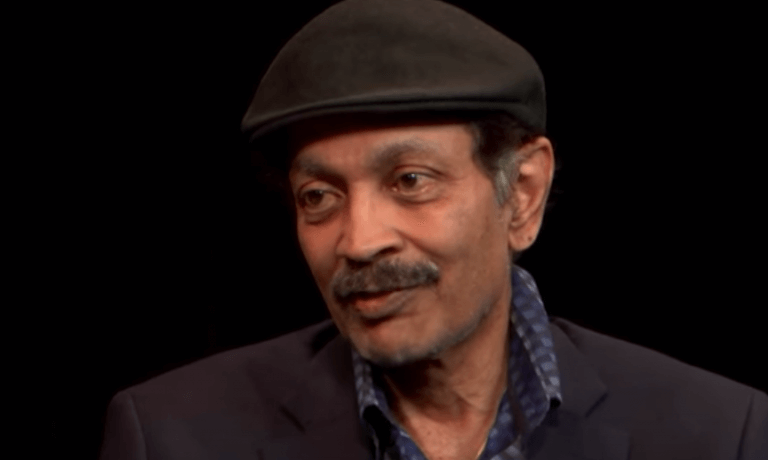Today we will make a small foray into the life and work of V. S. Ramachandran, a strong name in the field of neuroscience.
Known for his knowledge and dissemination in the fields of behavioral neurology and visual psychophysics, author of several books, he has done some of the most important research in neuroscience in recent years.
- Against it.
- Ramachandran is a professor of psychology and neuroscience at the University of California.
- San Diego.
- USA.
- But it’s not the first time.
His academic publications and books have made him one of the main drivers of neuroscience today, gaining important professional recognition worldwide. He is one of the 100 most influential people on the Time 100 list.
His main contributions revolve around mirror neurons, “ghost members”, synesthesia, the theory of broken mirrors of autism, sleep paralysis and various contributions to understanding human consciousness.
Vilayanur M. Ramachandran was born in 1951 in Tamil Nadu, India. As the son of a United Nations engineer working as a diplomat in Bangkok, the education of little Ramachandran took place in the British schools of Madras and Bangkok.
After obtaining his medical degree from the University of Madras in Chennai, India, he completed his doctorate at the University of Cambridge in Experimental Neuroscience. He spent the following years at Caltech as a researcher, a job he developed with Jack Pettigrew.
In 1983, he was appointed assistant professor of psychology at the University of California, where he remains a full professor to this day.
His first research focused on human visual perception. In the early 1990s, Ramachandran focused on neurological syndromes, such as bodily integrity disorder, ghost limbs and Capgras illusion.
His discoveries have led to many new ideas about how the human brain works, although he has used relatively few complex technologies, such as neuroimaging, during his research.
He is the director of a research group of students and researchers at the University of California, known as the Center for Brain and Cognition, CBC. This group has published academic articles on a number of emerging theories in neuroscience.
It is known as a phantom limb or phantom limb, the effect that occurs in patients who have lost a limb, such as an arm or leg, but who still feel the missing limb.
Ramachandran theorized this phenomenon and concluded that there is a link between the phenomenon of phantom limbs and neural plasticity in the brains of adult humans.
His research has shown that, in the absence of any limb, the human brain causes considerable changes in the somatosensory cortex.
His conclusions led him to assert that there was a relationship between cortical reorganization and the feeling of continuing to feel the end despite having no more.
V. S. Ramachandran is credited with inventing the mirror case and visually returning mirrors. Known as mirror therapy, it is used as a treatment for phantom limb paralysis.
In many cases, restoring movement to a phantom end through the mirror box also reduces the pain you feel at the missing end.
A 2014 study found that this therapy can have a strong influence on the motor network, thanks to greater cognitive penetration in action control.
Other parallel research has concluded that there is still insufficient evidence to support the results of mirror box therapy.
Synesthesia is a phenomenon that allows some people to feel colors when listening to music, it is also common among synesthetics to associate numbers with colors or textures with emotions.
In other words, in people with synesthesia, a single stimulus activates at least two perceptual systems.
Against it. Ramachandran has conducted several studies on this phenomenon and was one of the first to theorize that synesthesia is caused by cortical cross neurological activation. Ramachandran and his team have also developed several tests to detect this phenomenon.
Giacomo Rizzolatti, of the University of Parma, mentions for the first time the existence of mirror neurons in an article published in 1922 at the same university.
Against it. Ramachandran has focused much of his work on the role of mirror neurons and their relationship to various human mental abilities, such as empathy, learning and language evolution.
In this sense, VS Ramachandran predicted that mirror neurons would create a unifying framework that would help explain certain mental abilities whose mental processes are not yet fully understood.
He compared the importance of discovering mirror neurons for psychology to the importance of discovering DNA for biology.

